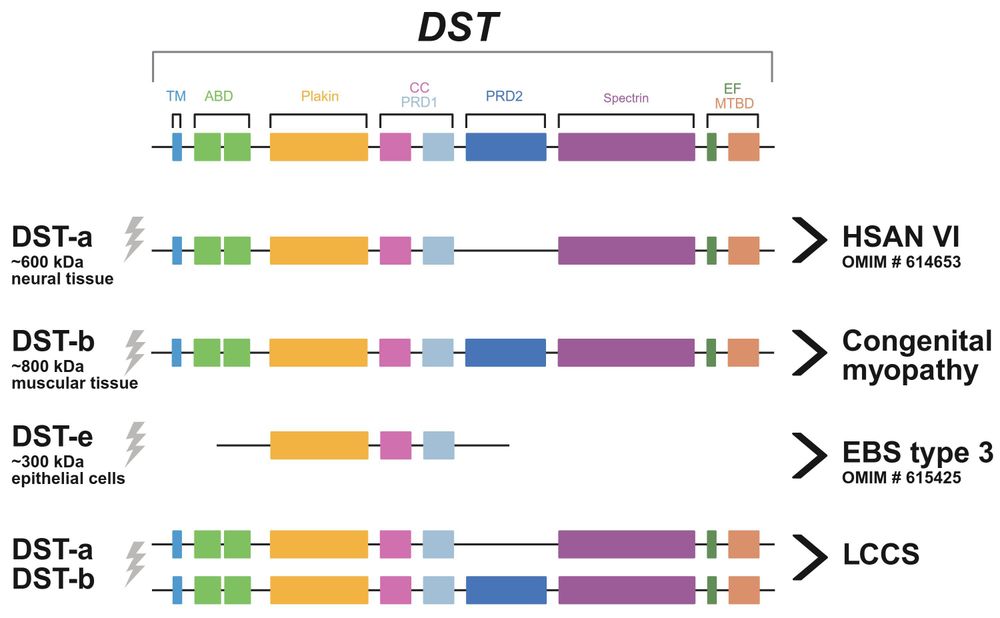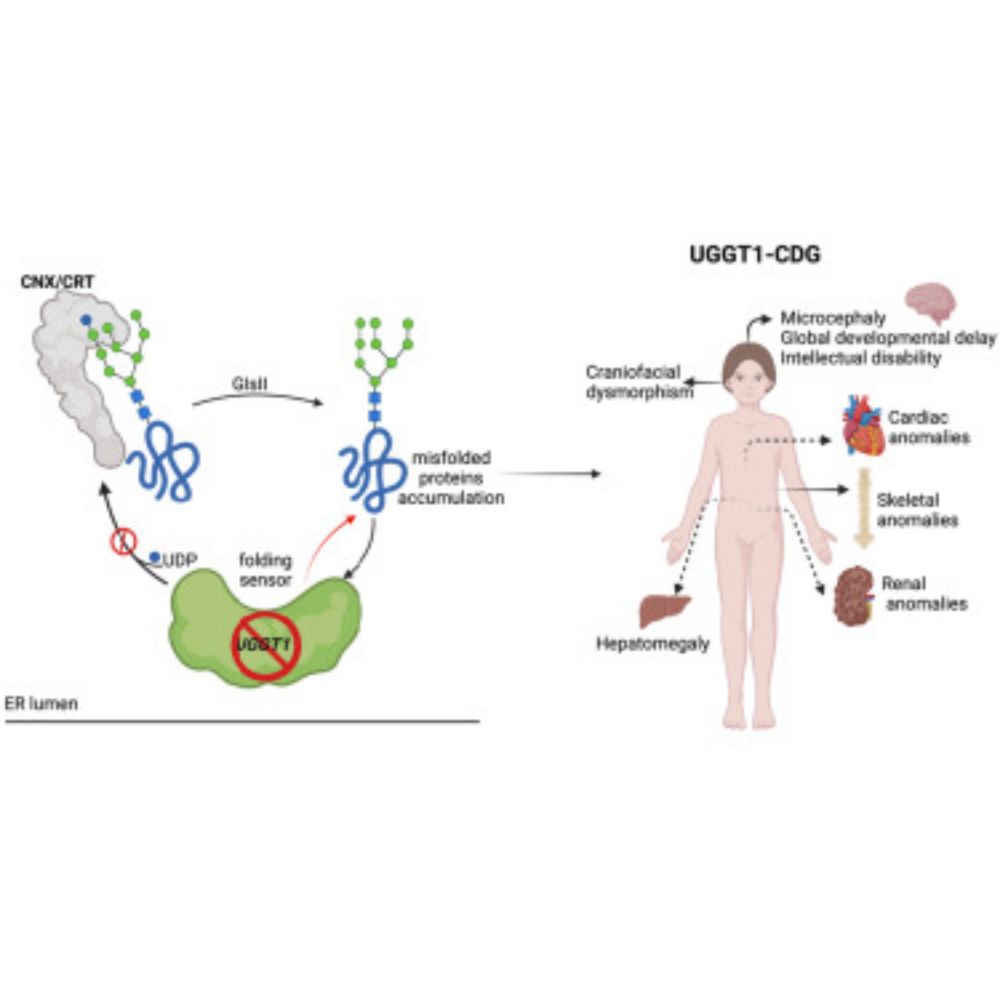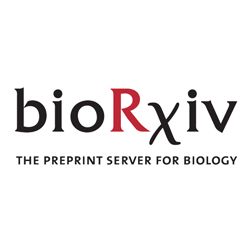Reza Maroofian
@reza-maroofian.bsky.social
240 followers
240 following
14 posts
Geneticist at UCL Queen Square Institute of Neurology @UCLIoN. Interested in Rare Diseases, Medical Genetics, Neurogenetics & Genomic Medicine.
Posts
Media
Videos
Starter Packs
Reposted by Reza Maroofian
Reposted by Reza Maroofian
Cell Reports
@cp-cellreports.bsky.social
· Jun 10

Combinatorial transcriptional regulation establishes subtype-appropriate synaptic properties in auditory neurons
Bastille and colleagues demonstrate that two closely related transcription factors, c-Maf and Mafb, have both redundant and independent effects on the diversification and functional differentiation of peripheral auditory neurons. Their data suggest that varying combinations of c-Maf and Mafb generate nuanced differences in synaptic structure and function.
dlvr.it
Reposted by Reza Maroofian
Reposted by Reza Maroofian
Grant Stewart
@profstewartlab.bsky.social
· May 14

Inherited deficiency of DIAPH1 identifies a DNA double strand break repair pathway regulated by γ-actin - Nature Communications
DNA double strand break repair pathways ensure genome stability and prevent disease. Here the authors show that the actin nucleating factor DIAPH1 and γ-actin promote homologous recombination (HR)-dep...
www.nature.com
Reposted by Reza Maroofian
Reposted by Reza Maroofian
Jepson Lab, UCL
@jepsonlabucl.bsky.social
· Dec 18

Clinical and genetic characterization of a progressive RBL2-associated neurodevelopmental disorder
RBL2 dysfunction, which disrupts cell-cycle gene expression, has been linked to a severe neurodevelopmental disorder. Aughey et al. characterize a cohort o
academic.oup.com



















